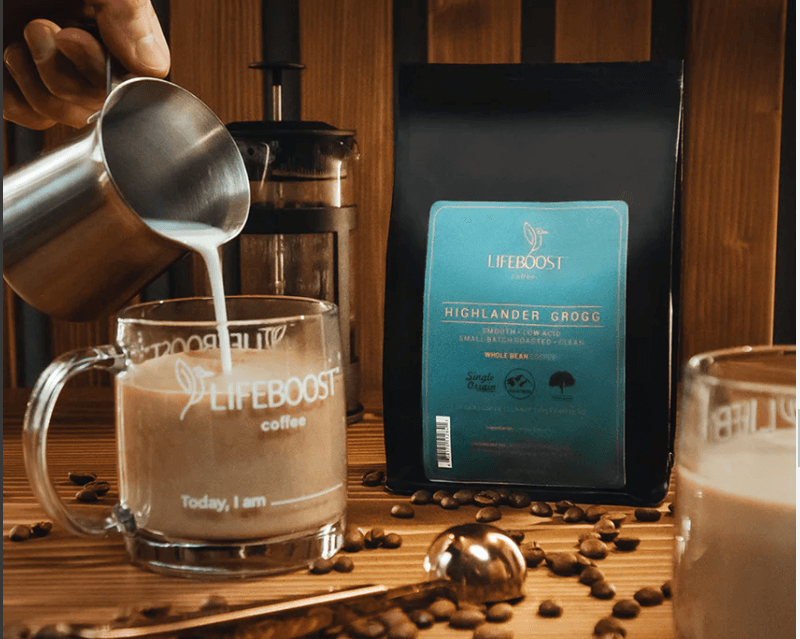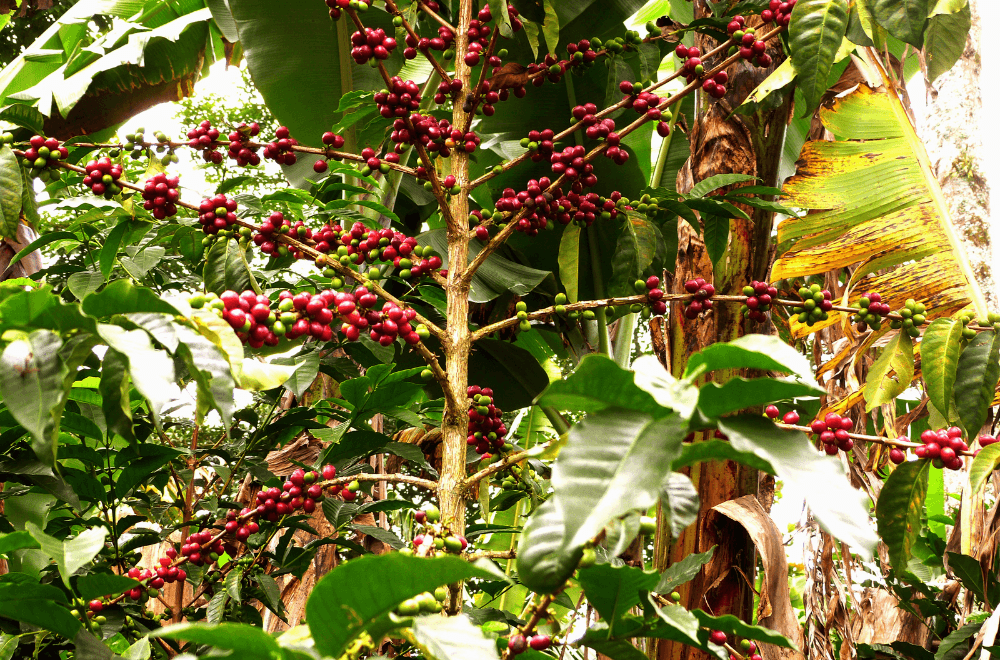More coffee lovers are putting thought into the origins of their coffee and the journey it went on before reaching their cup, so where is Lifeboost Coffee grown?

Lifeboost has made waves as one of the healthiest and tastiest coffees available on the market. I was intrigued by their process of creating a low-acid coffee that still provides a delicious, full-bodied taste. The company prides itself both on the quality of its single-origin beans, but also on its ethical, Fair Trade-certified business practices. Given the high price tag of the boutique coffee, I wanted to do a little bit of research and get the details about the company’s coffee growing and sourcing process.
Where Is Lifeboost Coffee Grown?
Lifeboost coffee is of single-origin, grown in the high, mountainous regions of Nicaragua, in and around the Bosawas Biosphere Reserve. Nicaragua’s rainforest is the second-largest in the world, second only to the Amazon. The region is defined by immense biodiversity.
It is the ancestral home of the Mayangna and Mistiko peoples, and many members of these nations continue to live as subsistence farmers in this region today.
The brand works exclusively with small, sustainable farms throughout the region to source its coffee. The company’s Fair Trade certification ensures that Lifeboost pays farms a fair rate for the coffee produced.
What Is So Special About Single-Origin Coffee?
One of Lifeboost’s biggest claims is that their coffee is tested to ensure it is free of chemicals and mycotoxins (i.e., bad fungi), helping make their coffee one of the healthiest on the market. Sourcing coffee from a single origin helps the company ensure the quality of its products. Single-origin coffee is easier to manage and simpler to ensure the best farming practices are employed.

This is in contrast to coffee blends that combine coffees from regions across the world. As a result, it is harder to test and ensure the high quality of coffee used for blends, and such blends may end up with toxins that could be detrimental to your health. Check out our reasons why organic coffee is best for you.
Further, single-origin coffees let the flavor of the coffee beans shine through. Coffee beans taste different depending on the varietal and the conditions they are grown in. A single-origin coffee lets the flavor of the individual crop take center stage.
As a result, the coffee must be grown to a higher standard to ensure the taste is excellent.
Is High-Elevation Grown Coffee Better?
All of Lifeboost’s coffee is grown at high elevations in Nicaragua’s mountain jungles. While it may, at first, seem counterintuitive to grow coffee in colder climates, the climate and terrain are central to Lifeboost’s mission to provide a healthier and tastier cup of coffee.
First, since the coffee is grown at a high elevation where it is colder, the coffee plants grow more slowly. This gives the plants more time to absorb nutrients from the soil and for the beans to develop a more complex flavor. Further, while Arabica coffee tends to be more prone to fungal growth, the mountainous terrain helps protect coffee plants from unwanted mycotoxins.
This is because water constantly flows down the mountains, meaning water is not able to pool around plants and create the ideal breeding ground for fungus or mold.
Finally, given the high elevation, there are no upstream sources of pollution that may introduce chemical contaminants to the coffee. Learn more in our Lifeboost coffee review.
Benefits Of Shade-Grown Coffee
Lifeboost also prides itself on its shade-grown coffee, as opposed to sun-grown. At the heart of this distinction is the distinction between sustainable and commercial farming. Sun-grown coffee crops can involve deforesting a region and planting fields of coffee plants in their place.

Not only is this destructive to the local ecosystem, but these farms must rely on pesticides and chemical fertilizers to ensure the health and commercial viability of their crops.
Sustainable farming practices involve planting and harvesting coffee grown within their natural forest ecosystem. As a result, the coffee will grow in the shade of the larger canopy of trees surrounding it. If a farm grows its coffee in the shade, it may have a reduced impact on the local ecosystem.
The biodiversity of the farmed region also ensures that natural cycles keep the soil rich, so farmers do not need to introduce chemical fertilizers to their crops.
More importantly for customers, shade-grown coffee can taste different. Many coffee drinkers prefer shade-grown coffee as it grows slower, which can lead to a more complex flavor profile. Plus, as mentioned earlier, slow-growing coffee may be healthier.

